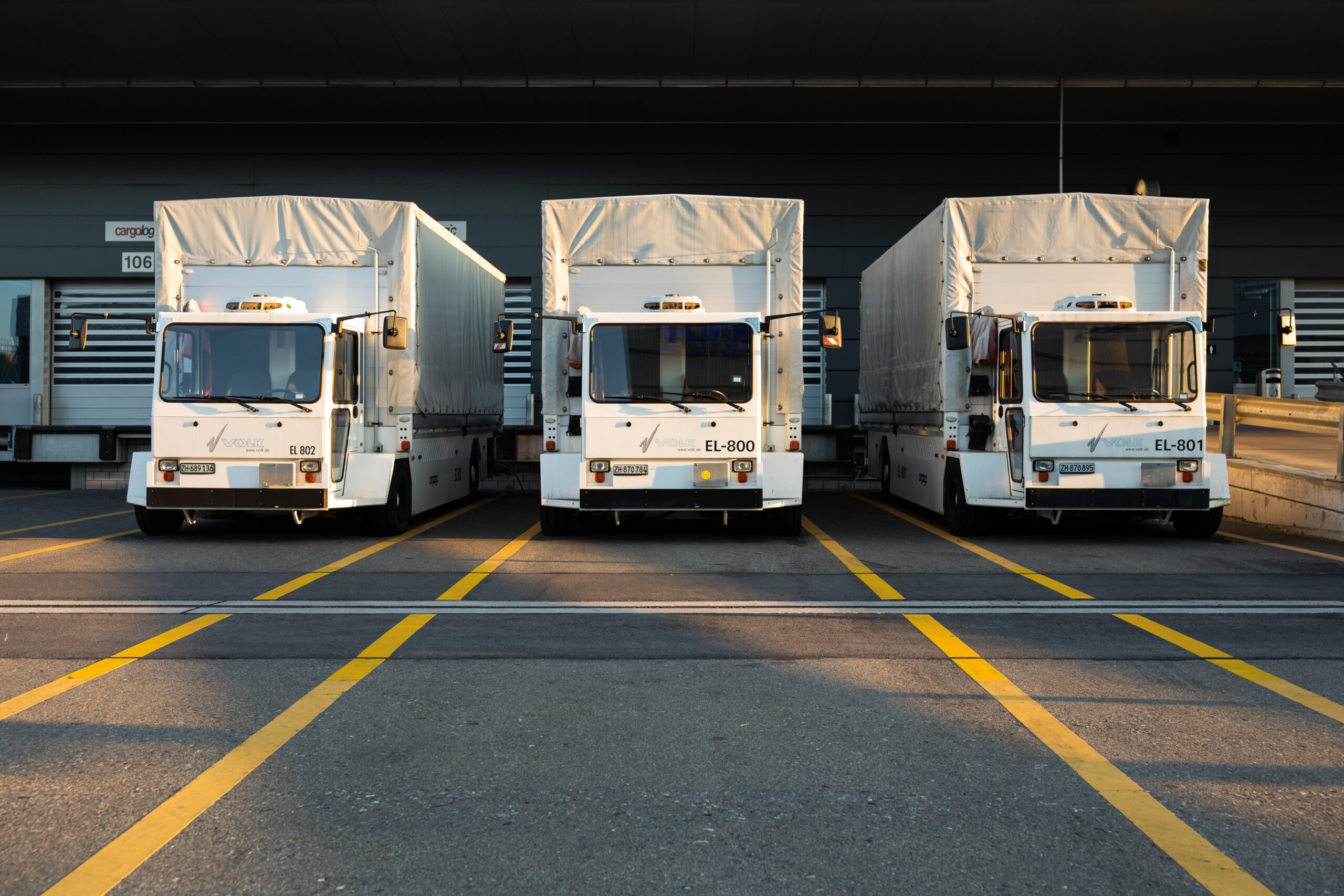Your fleet assets represent your business to a lot of the public. Whether that’s a work van or a custom car wrap or window film, you want your fleet vehicles in good working order. If you need to move them to any part of the country, shipping them may be the most efficient option.

1. Ship What You Can
The restrictions for shipping vehicles can be onerous if you have an older vehicle with a leak. If you do need to ship an older vehicle that still runs, take it out for a drive and warm up the engine, then park it over an old sheet or a large piece of cardboard. When the vehicle cools down, pull the sheet or cardboard out and check for drips, stains, or puddles.
If you find a leak, the vehicle will need to go in for repairs before you can send it. Depending on the cost of the repair, it may make more sense to either drive the vehicle or sell it instead of trying to relocate it.
2. Check Your Routes
If you’re relocating vehicles in the southern United States, it may be time to hire an auto transport expert in Texas or other areas near you. The cities of Houston and Dallas have serious traffic; traveling through these towns at the wrong time can be highly stressful. To avoid running the risk of an accident or being caught up in a terrible traffic jam, using a professional may be much more cost-effective.
Pay careful attention to the loading and unloading times for your business fleet. The highways around Dallas are nearly always busy, but during the overnight hours, it’s the professional drivers that run the show. You may have to drop off a vehicle in a secured lot or bring it to the drop-off at a late hour for transport to some cities.
3. Don’t Fuel Up the Vehicles
Most car shipping companies ask that you have less than 1/4 tank of fuel in the car on the day it ships. This is done for several reasons, but the primary concern is weight. A car full of fuel weighs more than a car at 1/4 tank, and that weight adds up over time.
To that end, be aware that the vehicle will need to be empty. It may be all right for the vehicle to contain a spare and a jack. However, if you’re moving work trucks for your plumbing business and they’re racked for hauling pipe and tools, all of that will need to come out.
Carefully consider the most efficient way to move such a vehicle. If you’ve paid extra for the custom rack inside a van, it will take time to come out and may not be possible to reinstall as effectively as before. It may make more sense to drive such a vehicle to your new destination.
4. Open or Enclosed?
Generally, fleet vehicles will be fine traveling in the open. However, it may make more sense to ship them covered if your fleet vehicles feature customizations specific to your business, such as
- Attachments
- Tinting
- Wraps
If you’re transporting classic vehicles for the purpose of selling them, you will certainly want to cover them.
Any time you need to move a vehicle along the coast, the risk of airborne moisture can damage the finish and may even harm the paint after enough time. Because a great deal of Texas is on the Gulf of Mexico, the risk of salt and moisture may mean that covering the vehicles is your best option.
5. Track Your Shipment
Most fleet shipments will require that you pick them up at a certain time, either from a secured lot or from the dropping point by the transport vehicle. It should be noted that it may be possible to get a vehicle dropped right at your door, but this will cost more than meeting at a general pick-up point.
If you are a small shop and everyone is occupied moving other aspects of the business, it may make the most sense to track your shipment to a secured lot and pick them up in convoy in daylight. Before you make your final decision, confirm that the shipper offers top-notch security and 24-hour monitoring of the lot.
Moving your business will be more involved if you have to transport a fleet. However, with the right shipper, you can quickly book the entire fleet shipment in a short time. Pay careful attention to weather challenges and traffic considerations as your shipment day comes closer.

